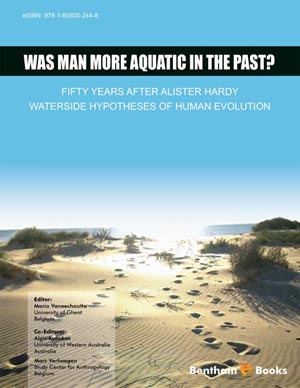Abstract
Adaptability of the eye is a key feature in a semi-aquatic mammal and several optical and physiological strategies can be used to allow functioning of the eye in the two media, i.e., air and water. Human eyes are considered to be adapted to vision in air as more than two-thirds of the refractive power is derived from the curved cornea, an effect that is lost under water. It was observed that children of Sea Nomad groups in South East Asia appeared to have much better underwater vision than expected, allowing efficient collection of small shells from a non-contrasting background without visual aids. Studies on the visual acuity of such groups were carried out, followed by studies to reveal how the observed adaptability of the eye was achieved. Standardized optical methods were adopted to field conditions and used to reveal how the Sea Nomad children see under water. Results showed a high adaptability of the human eye to the underwater environment, with the visual acuity of the Sea Nomad children being twice that found in a European control group. Training in non-diving children was found to evoke the same adaptive responses as those observed in Sea Nomads. The mechanisms responsible for this superior underwater vision were heavy accommodation and concurrent pupil constriction, features previously observed in semi-aquatic mammals and birds. This may be an interesting example of convergent evolution. The human eye proved to be flexible and adaptable enough to function under water with an uncompromised function in air. An explanation for this surprising adaptation in a terrestrial mammal could be that it has evolved during a phase with selective pressure for foraging under water.
Keywords: Underwater vision, pupil constriction, aquatic, terrestrial, adaptability













